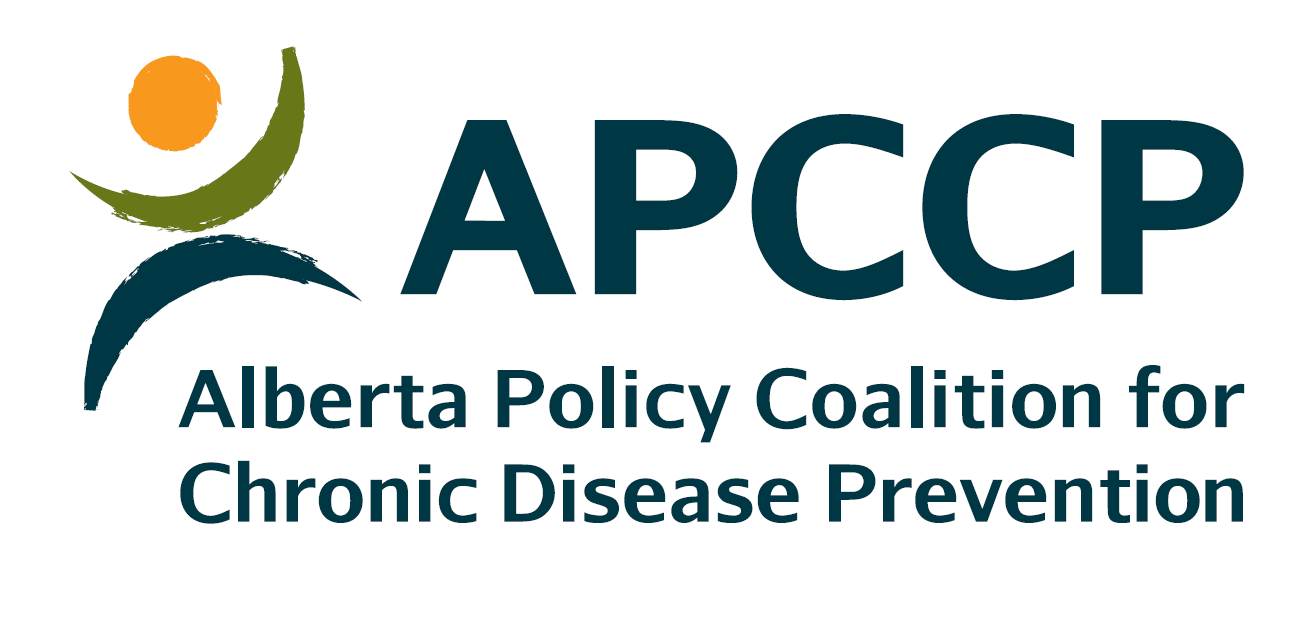In 2009, Alberta pledged to reduce youth aged 12-19 smoking rates to 10 percent. Unfortunately, despite much effort to reduce tobacco use through programming and other strategies, Alberta failed to meet this target.
Alberta youth smoking rates remain disturbingly high; 13% of Alberta teenagers aged 12-19 continue to smoke. Stronger policy measures are needed in Alberta to provide young people from the addictive and deadly consequences of tobacco use.
We Advocate for:
As a member of Campaign for a Smoke-Free Alberta (CSFA), the APCCP supports policy efforts to reduce tobacco use among Albertans.
To learn more, visit www.smokefreealberta.com.



